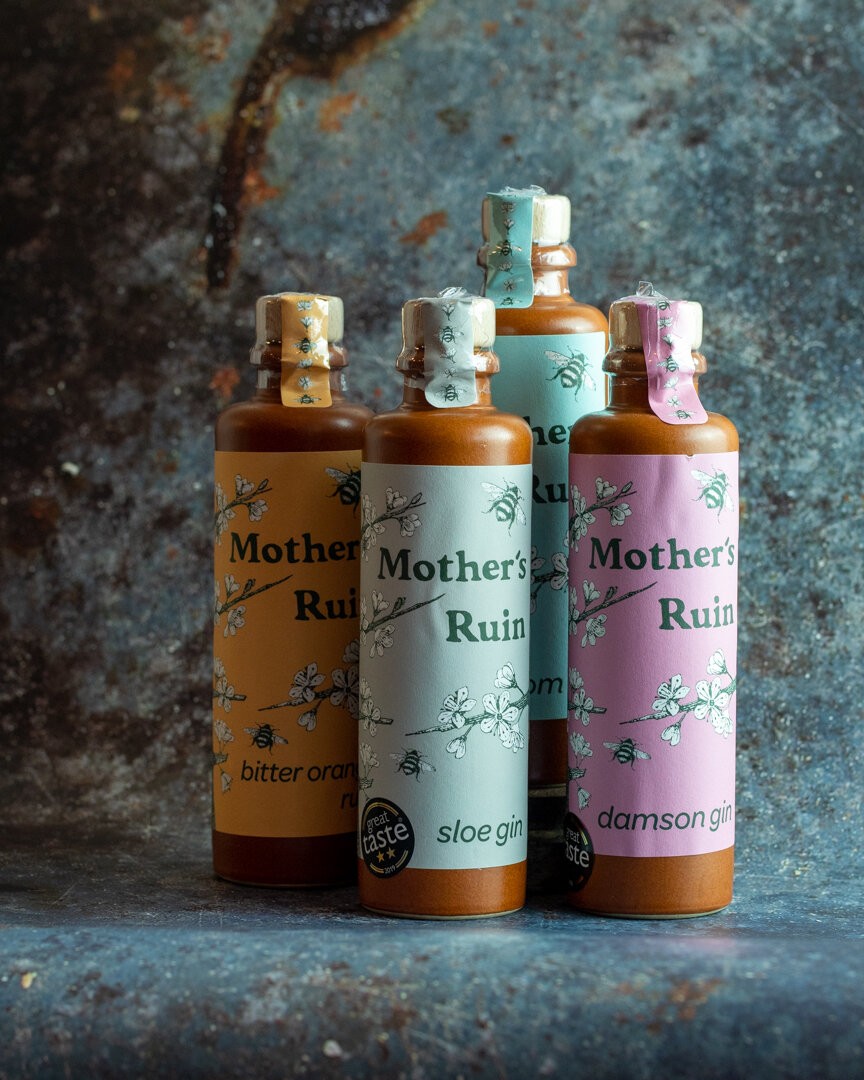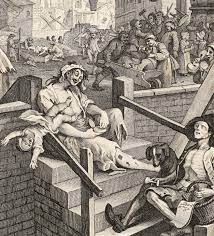
This month Killamarsh Heritage Society takes a look at the history of gin. It is now available in many different flavours and has now become trendy and is the popular drink of choice for many but we look at why it is referred to as ‘Mother’s ruin’.
In the mid-eighteenth century the effects of gin-drinking on English society makes the use of drugs today seem almost benign.
Gin started out as a medicine – it was thought it could be a cure for gout and indigestion, but most attractive of all, it was cheap.
In the 1730’s notices could be seen all over London - ‘Drunk for 1 penny, Dead drunk for tuppence, Straw for nothing’!!
Gin was hawked by barbers, pedlars, and grocers and even sold on market-stalls. Gin had become the poor man's drink as it was cheap, and some workers were given gin as part of their wages. In London alone, there were more than 7,000 ‘dram shops’, and 10 million gallons of gin were being distilled annually in the capital.
Duty paid on gin was 2 pence a gallon, as opposed to 4 shillings and nine pence on strong beer. The average person could not afford French wines or brandy, so gin took over as the cheapest, and most easily obtained, strong liquor.
Gin rendered men impotent, and women sterile, and was a major reason why the birth rate in London at this time was exceeded by the death rate.
The gin obsession was blamed for misery, rising crime, madness, higher death rates and falling birth rates. Gin joints allowed women to drink alongside men for the first time and it is thought this led to many women neglecting their children and turning to prostitution, hence gin becoming known as ‘Mother’s ruin’.
The government of the day became alarmed when it was found that the average Londoner drank 14 gallons of spirit each year! They decided that the tax must be raised on gin, but this put many reputable sellers out of business, and made way for the ‘bootleggers’. Overnight, gin sales went underground! Dealers, pushers and runners sold their illegal ‘hooch in what became a Black Market.
Gin was the opium of the people, it led them to the debtors’ prison or the gallows, ruined them, drove them to madness, suicide and death, but it kept them warm in winter, and allayed the terrible hunger pangs of the poorest.
In 1736 a Gin Act was passed which forbade anyone to sell ‘Distilled spirituous liquor’ without first taking out a licence costing £50. On the last night, as the last gallons of gin were sold off cheaply by the retailers who could not afford the duty, more alcohol was drunk than ever before or since. The authorities believed there would be trouble the following day but nothing happened. The mob lay insensible in the streets, too drunk to know or care.

In the seven years following 1736, only three £50 licences were taken out, yet the gallons of gin kept coming.
The thirst for gin appeared insatiable. People sold their furnishings and even their homes to get money to buy their favourite tipple.
Once again the government was forced into action. A new ‘Gin Act’ was passed which raised the duty on drink and forbade the distillers, grocers, chandlers, jails and workhouses from selling gin. Gin was never again quite so much of a scourge and consumption fell dramatically through the rest of the eighteenth century.
In 1830 the Duke of Wellington’s administration passed the Sale of Beer Act, which removed all taxes on beer, and permitted anyone to open a Beer Shop on payment of a two-guinea fee. This Bill virtually ended the traffic in gin smuggling.
By the end of 1830 there were 24,000 beer shops in England and Wales, and six years later there were 46,000 and 56,000 Public Houses.
Britain has witnessed a growth in the popularity of gin over the past few years, but happily it is nowhere near as popular as it was in history!


